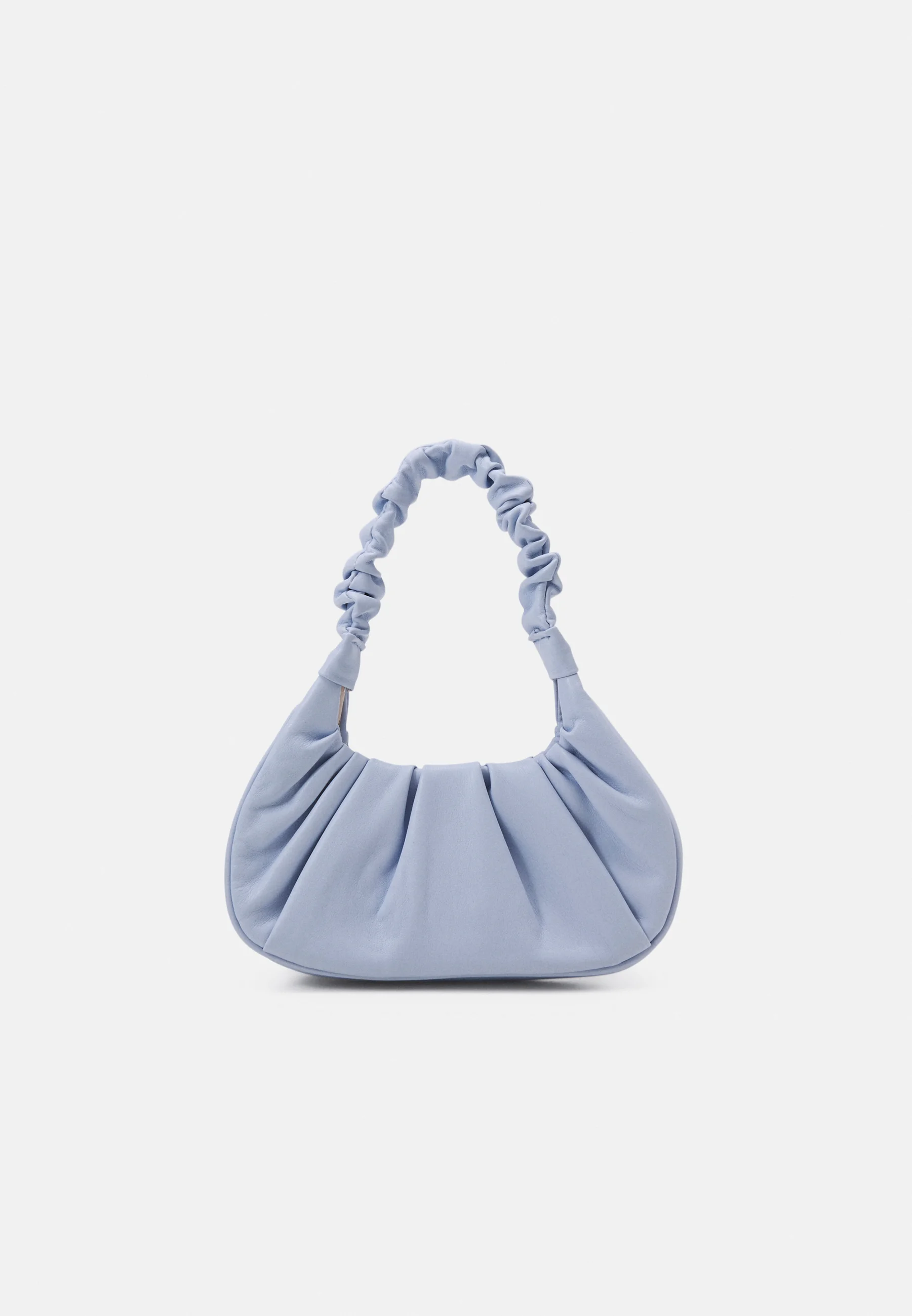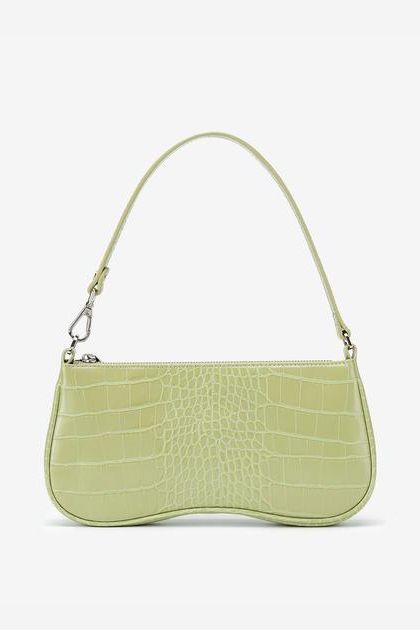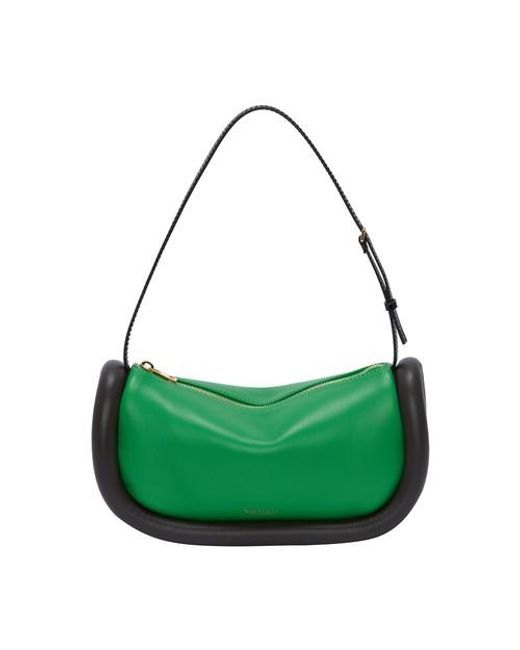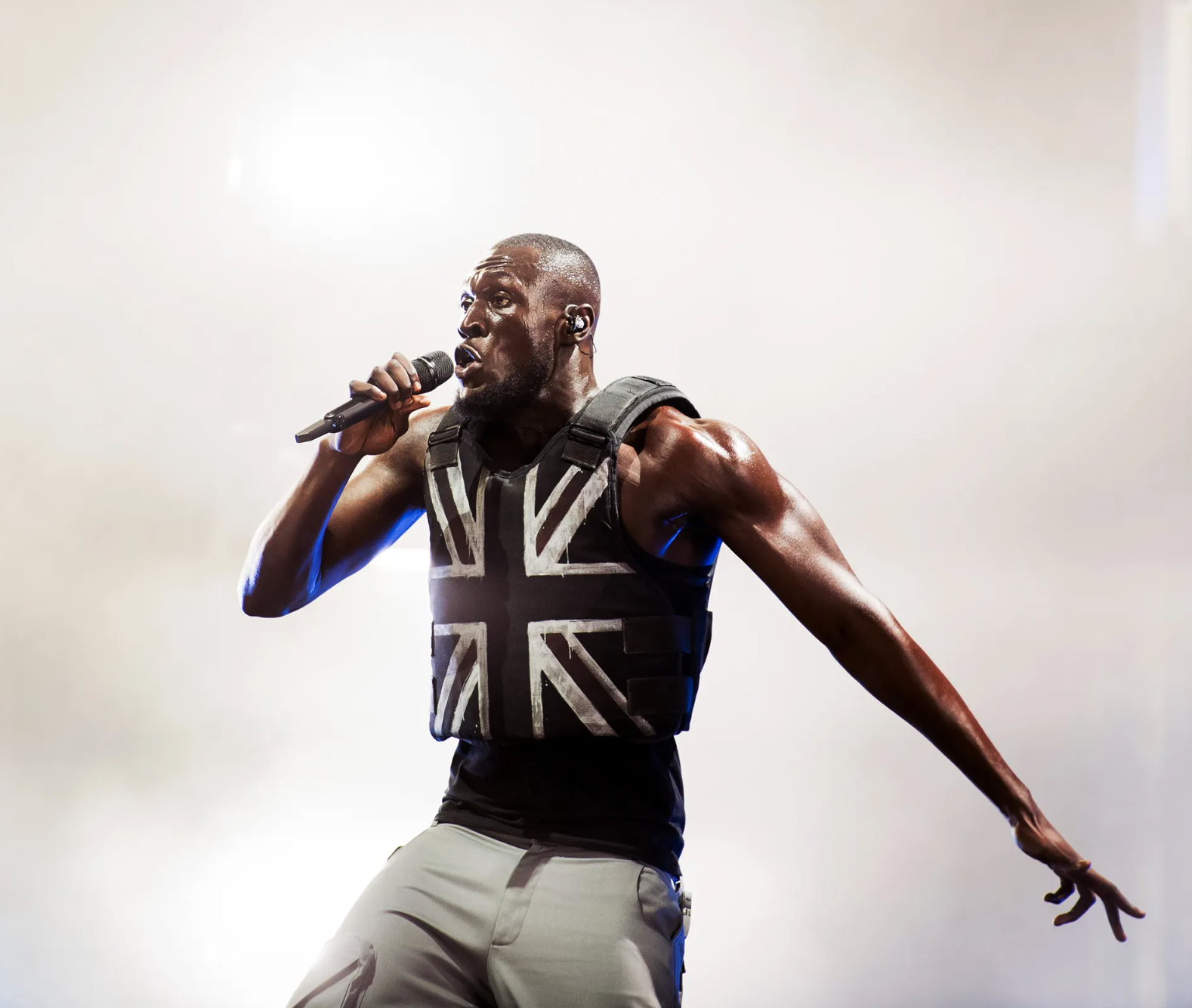The British Public’s Favourite Trends.

Fashion is like a revolving door: out with the old and in with the new, then in with the old again. The door seems to be spinning around faster and faster than ever, with micro trend after micro trend rising in popularity only to fall off its pedestal weeks later, replaced by a trend that had its glory days decades earlier. Nostalgia is shaping up to be the megatrend of 2020s fashion. The previous year’s lack of memory-making ability means, in order to make this year bearable, we’re going back, in some cases way back, to better, more bountiful times.
Trends we thought had been abandoned in the 90s and 00s have made a comeback bigger than Pamela Anderson. But it’s not just everyone’s favourite, eye-roll-inducing Y2K nostalgia craze making waves anymore. Principal partner of London Fashion Week, Clearpay, a buy now, pay later platform, released its Bi-Annual Fashion & Beauty Trend Report last month, pinpointing a spike in the popularity of 60s and 70s inspired pieces. According to their buying habits, the great British public is moving on, or moving back, to different nostalgic fashion eras.

Shakaila Forbes-Bell is a Fashion Psychologist, consultant, founder of the platform Fashion is Psychology and author of the book Big Dress Energy. As if she wasn’t busy enough, she is also the current in-house fashion psychologist for Clearpay and has been helping them unravel the reasoning behind their customers’ fascination with the past. She told GUAP, “One of the reasons why it’s appealing to revisit past decades in fashion is due to the positive impact of nostalgia. Early research previously identified nostalgia as a negative experience due to its association with negative psychological states, but we now know that the reason why those in negative psychological states are more prone to nostalgic thinking is due to the psychological benefits of nostalgia.”
“After engaging in nostalgia-inducing activities, research has shown that people experience higher self-esteem, are more optimistic, feel less lonely and more socially connected, and, as a result, are more creative. This induced positivity fosters creativity, illustrating some of the reasons why fashion lovers, creatives, and fashion and accessories designers look back to go forward.”
We’ve all been revelling in the 90s revival for a good few years now, but unlike the 00s comeback, we’ve adopted a lot of 90s trends as simple staples in our wardrobes. Pieces from the decade have transcended a time period to become classics; mom jeans, dungarees, doc martens, and baby tees will never be out of style.
Amidst its unwavering longevity, we still haven’t run out of new 90s trends to bring back. The ‘it’ bag of the 90s, popularised by SATC’s fashion-majesty herself, Carrie Bradshaw, made a coinciding comeback with the leading lady. The Baguette Bag has found itself amongst Clearpay’s top 10 accessories, with its sleek yet retro design being repurposed by many brands who each use the simple silhouette as a base for a myriad of unique designs. There is something so noticeably 90s about the baguette bag, no matter the modern twist the design takes on. Whether it’s in a striking black vinyl or decorated in pink fluff and flower appliques, that 90’s influence peers through and gives a nostalgic feel to any outfit.




Staying in the same decade but moving across to a completely different aesthetic, shoppers are toughening up their accessories with big, bold hardware adorning handbags and grungy chain necklaces ranking high on Clearpay’s most popular accessories list. Following a pop-punk revival that even the Kardashian’s couldn’t escape, the public are giving an added edge to their personal styles. From adding even more grunge to a heavy-looking outfit or grounding a princess ready style with sky-high platform boots and armour worthy jewellery, toughening up our aesthetics and channelling some punk worthy rage is appealing to everyone.
Taking it further back, we find ourselves in the midst of a psychedelic timewarp where nostalgia has influenced the creation and rise of different iterations of 60s and 70s fashion. We all know Harry Styles and his iconic looks both on and off the Coachella stage are to blame for this frenzy of fabulous florals, and we’re not mad about it.
Over the first half of 2022, despite the wintery weather, Clearpay sales for floral prints rose by 23%, and the platform saw an influx of people purchasing flared denim, crochet and clogs. The decade’s staying power in the modern-day era is aided by the rise of dopamine dressing and maximalist aesthetics playing into the quirky silhouettes, abstract prints and variety of textures prevalent in 60s and 70s fashion.

Shakaila Forbes-Bell told us, “Studies have shown that outlandish dressing carries a type of tension release dimension because these styles can trigger a form of escapism, helping you to step outside of the mundane daily routines that make up pandemic living.”
“Similarly, when you put more effort into your outfit and wear something that speaks to your personal tastes or holds sentimental value, you’re inadvertently engaging in ‘dopamine dressing’. It’s something we’ve all experienced. When we wear something out of the ordinary, something that we love and looks great on us, our confidence increases, and we feel happy.”
If you thought jumping back a few decades was tiring, try jumping back a few centuries – yes, that’s how strong the nostalgia is right now. Regencycore, an aesthetic inspired by the 17-1800’s has made its way back largely thanks to the less than inspiring 2022 MET Gala red carpet and, of course, the likes of Bridgerton.
The ton’s take on 18th-century fashion has viewers filling their wardrobes with back-breaking corsets, pastel colours and floral patterns in a bid to become this season’s diamond. Sales of corsets increased 175%, with their versatility and cross-aesthetic adoption aiding their popularity.

Bridgerton’s costuming is nowhere near an accurate historical replica of the regency style time period meaning the nostalgia many are feeling for this time is influenced by fictional storylines that do not reflect the real regency age. While we fawn over enemy-to-lover plot lines and the luxury of weekly balls soundtracked by classical pop, we’re dreaming up nostalgia for a non-existent time. Perhaps this shows just how influential nostalgia is, or we’re just all addicted to streaming.
As the second season of Bridgerton continues to get more and more views, and as anticipation for season 3 grows, you can expect to see the show’s influence shine through everyday style with the addition of elaborate hair accessories and sparkling jewellery.
Alongside the science explaining our love for nostalgic fashion, it’s also true that we love it simply because it looks amazing and makes us feel good. While we’re looking back for inspiration though, we can’t stop looking forward. We want to be ahead of the game. We want to adopt technology that can help reduce the impact of the fashion industry. We want to make the future better, not get stuck in the past.
Discover more from GUAP’s Fashion section here




![ZINO VINCI’S ‘FILTHY & DISGUSTING’EP BRINGS YOU TO THE CORE OF THE ARTIST [@ZinoVinci]](https://guap.co/wp-content/uploads/2023/10/Zino-4.jpg)




1 Comment
[…] Discover the full article over on by GUAP’s Fashion. […]
Comments are closed.